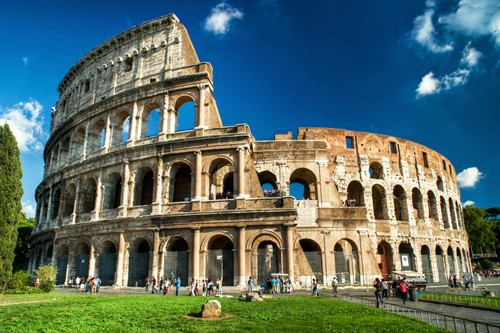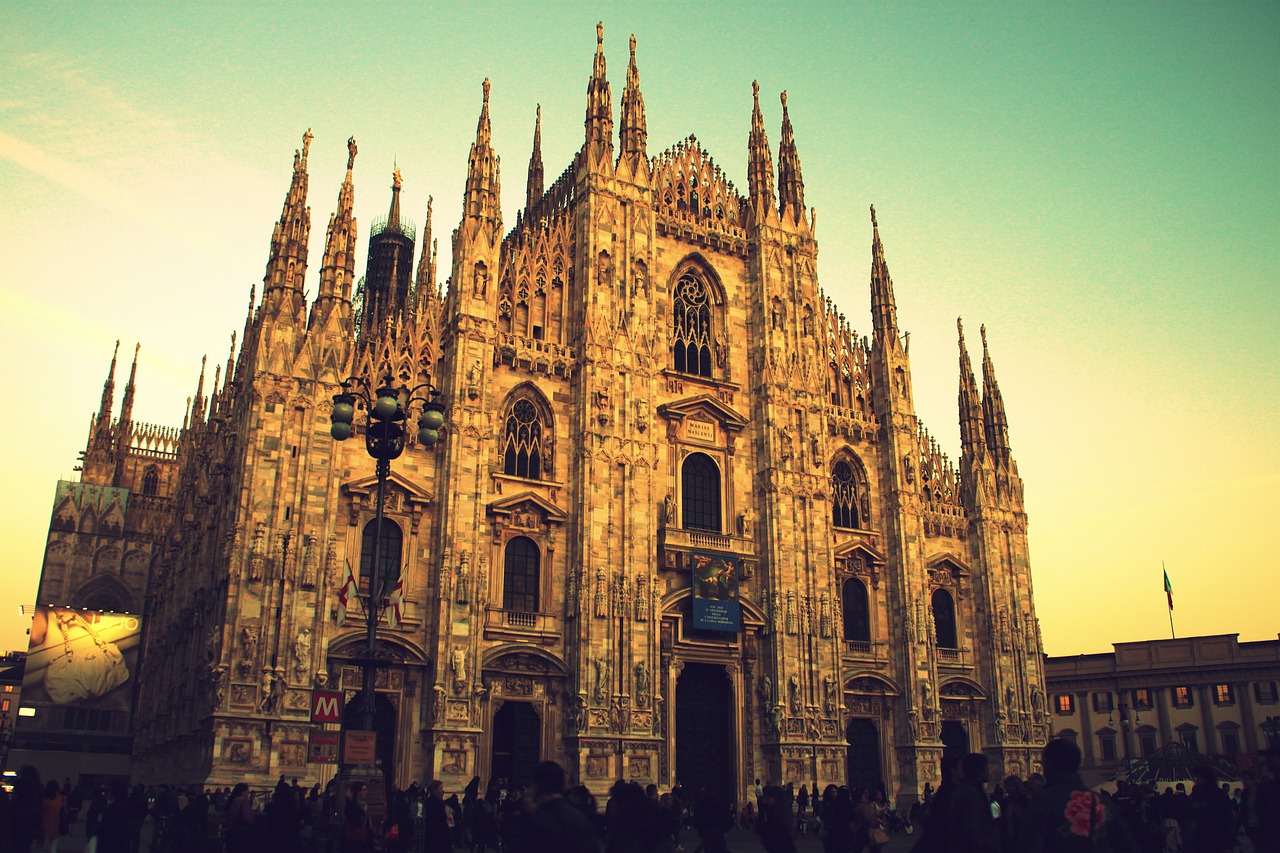Southern Italy & Sicily Grand Tour: Rome to Palermo and Back
This comprehensive travel guide covers a classic itinerary through Southern Italy and Sicily, from the ancient ruins of Rome and Pompeii to the vibrant cities and stunning landscapes of Sicily, including Mount Etna.
Introduction
This journey takes you through the heart of the Italian south, a region rich in history, culture, and dramatic natural beauty. You will traverse from the capital of the ancient world, through a city frozen in time by volcanic ash, into the dynamic and passionate heart of Southern Italy in Naples, and finally across the sea to Sicily—a world unto itself with its unique blend of Greek, Roman, Norman, and Arab influences. The itinerary is a loop starting and ending in Rome, designed to be undertaken over a period of two to three weeks.
Itinerary Overview
The route is as follows: Rome -> Pompeii -> Naples -> (Ferry to) Palermo -> Agrigento -> Syracuse -> Catania -> Taormina -> Mount Etna -> Taormina -> Cefalù -> Palermo -> (Ferry to) Naples -> Rome.
This guide breaks down the journey into manageable segments, providing objective descriptions and practical information for each location.
Part 1: Rome (Start)
Rome, the Eternal City, serves as the starting and ending point for this adventure. As the capital of Italy and the former heart of the Roman Empire, it is a vast open-air museum.
Key Attractions
The Colosseum: The iconic Flavian Amphitheatre, a symbol of Imperial Rome's power and architectural prowess.
Roman Forum: The political, religious, and commercial center of ancient Rome, now a sprawling complex of ruins.
Pantheon: A remarkably preserved Roman temple, renowned for its massive unsupported dome.
Vatican City: An independent city-state housing St. Peter's Basilica, the Vatican Museums, and the Sistine Chapel with Michelangelo's ceiling.
Trevi Fountain & Spanish Steps: Baroque masterpieces and popular gathering spots.
Practical Information: Rome
Getting There: Leonardo da Vinci (Fiumicino) Airport is the main international gateway.
Getting Around: Rome has an extensive metro, bus, and tram system. The historic center is best explored on foot.
Accommodation: Areas like Termini (central for transport), Trastevere (charming), or near the historic center are recommended.
Food & Drink: Try pasta classics like Cacio e Pepe and Carbonara, and enjoy gelato from artisan shops.
Tip: Book tickets for the Colosseum and Vatican Museums online well in advance to skip long queues.
Part 2: Pompeii (Day Trip from Rome or Naples)
The archaeological site of Pompeii offers an unparalleled glimpse into daily life in a Roman city, preserved under meters of volcanic ash from the eruption of Mount Vesuvius in 79 AD.
Key Attractions
The Forum: The main public square surrounded by temples and government buildings.
Villa of the Mysteries: A well-preserved suburban villa famous for its elaborate frescoes depicting mystery rites.
Amphitheatre: One of the oldest surviving Roman amphitheatres.
Lupanar: The ancient brothel with explicit frescoes.
Plaster Casts of Victims: Poignant casts of the volcano's victims, created from voids in the hardened ash.
Practical Information: Pompeii
Getting There: Take a high-speed train from Roma Termini to Napoli Centrale (~1 hour), then the Circumvesuviana local train to Pompei Scavi-Villa dei Misteri station (~30-40 minutes).
Admission: A ticket grants access to the Pompeii site. A combined ticket with Herculaneum is available.
Time Needed: At least 4-5 hours to see the main highlights.
Facilities: Wear comfortable shoes, a hat, and bring water. The site is large and exposed.
Guided Tours: Highly recommended to fully understand the context of the ruins. Audio guides are also available.
Part 3: Naples (First Stop)
A vibrant, chaotic, and passionate city, Naples is the birthplace of pizza and a treasure trove of art, history, and culture. It serves as the gateway to Southern Italy and the port for ferries to Sicily.
Key Attractions
Naples National Archaeological Museum: Houses an exceptional collection of Greco-Roman artifacts, including many finds from Pompeii and Herculaneum.
Historic Center (Centro Storico): A UNESCO World Heritage site with narrow streets, Spaccanapoli (the main decumanus), and countless churches.
Capodimonte Museum: Housed in a royal palace, it features masterpieces by Titian, Caravaggio, and Raphael.
Royal Palace of Naples & Piazza del Plebiscito: A grand square and palace showcasing Naples' royal history.
Underground Naples: Tours of the Greek-Roman aqueducts and caverns beneath the city.
Practical Information: Naples
Getting There: High-speed train from Rome (~1-1.5 hours).
Getting Around: Metro, funiculars, and buses. The historic center is walkable but be mindful of traffic.
Accommodation: Chiaia (upscale), Santa Lucia (seafront), or near the central station for convenience.
Food & Drink: This is the home of pizza—try a classic Margherita at a historic pizzeria. Also sample sfogliatella (a shell-shaped pastry) and espresso.
Safety: Be vigilant against pickpocketing in crowded areas and on public transport.
Transition: Ferry from Naples to Palermo
The overnight ferry is a classic and practical way to travel from mainland Italy to Sicily.
Practical Information: Ferry
Companies: GNV (Grandi Navi Veloci) and Tirrenia are the main operators.
Duration: The journey takes approximately 10-11 hours overnight.
Booking: Book cabins or reclining seats in advance online, especially in summer.
Departure/Arrival: The ferry departs from Naples' port (Molo Angioino) and arrives at Palermo's port.
Alternative: You can also fly from Naples to Palermo (approx. 1 hour).
Sicily: The Island of Sun and History
Sicily's strategic location in the Mediterranean has made it a crossroads of civilizations for millennia. Its culture, architecture, and cuisine reflect this rich, layered history.
Part 4: Palermo (First Stop in Sicily)
The capital of Sicily, Palermo is a bustling, noisy, and fascinating city with a unique Arab-Norman architectural style and a vibrant street market culture.
Key Attractions
Palatine Chapel (Cappella Palatina): Located within the Norman Palace, it is a masterpiece of Arab-Norman-Byzantine art with breathtaking golden mosaics.
Cathedral of Palermo: A complex architectural patchwork spanning Norman, Gothic, Baroque, and Neoclassical styles.
Quattro Canti: A Baroque square dividing the four historic quarters of the old city.
Ballarò & Vucciria Markets: Lively street markets offering a sensory overload of sights, sounds, and smells—a great place to try street food.
Catacombs of the Capuchins (Catacombe dei Cappuccini): An eerie and unique collection of mummified bodies and skeletons.
Practical Information: Palermo
Getting There: Arrive by overnight ferry from Naples or fly into Falcone-Borsellino (PMO) Airport.
Getting Around:The historic center is very walkable. Buses serve wider areas.
Accommodation:The historic center near Quattro Canti or the Politeama area are good bases.
Food & Drink:Arancini (stuffed rice balls), Pasta con le Sarde (pasta with sardines), Pane e Panelle (chickpea fritter sandwiches), and Cannoli.



